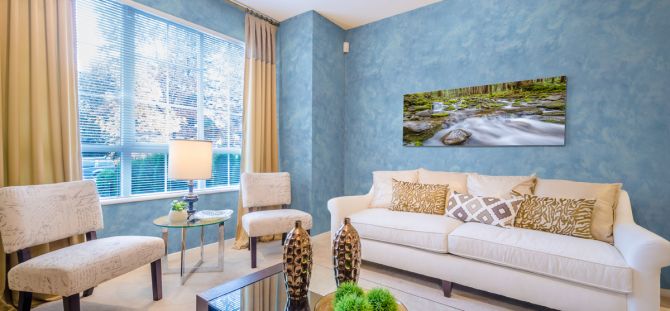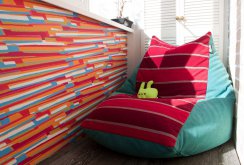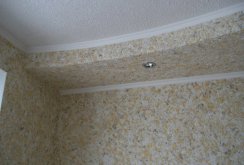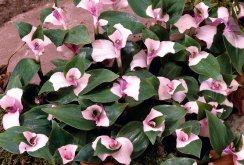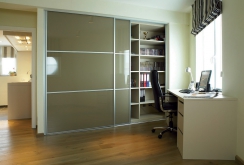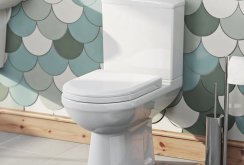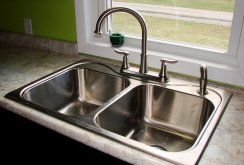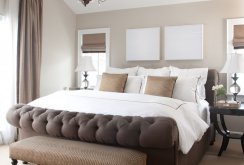Putty: main types and features
Putty is used to eliminate small bumps, repair cracks and other defects. The joints between the sheets of drywall are filled with it, the cracks between the concrete panels are closed. Using putties, prepare wooden surfaces for subsequent painting. This material has been used for many centuries, each historical period brings its own innovations, but compositions based on gypsum, natural drying oil, and chalk are still used. With the development of building chemistry, the number of compounds has increased significantly. The strength characteristics of putties have improved, it has become much easier to apply them. Specialized additives and pigments have expanded the scope of solutions, allowed to use them on complex bases.Polymer and mineral fillers
One of the main classifications is based on the type of filler used. The following types of putties:- gypsum - the basis of gypsum material, which has a high degree of whiteness, putty of this type lends itself well to grinding, but easily absorb moisture, so they are not recommended for use outside or in bathrooms;
- cement - are used to eliminate potholes and repair brick walls, concrete foundations inside and outside the premises, are affordable;
- polymer - are characterized by high elasticity, resistance to moisture, used for sealing joints, high strength is one of the main advantages of these compounds.
What is in the composition of putty
Manufacturers make putties not only from gypsum and cement, their composition can be almost any, so the catalogs contain a variety of types of this material. The following varieties of putties are produced:- glue - made from chalk, glue and drying oils, are characterized by high strength characteristics, but are effectively processed with abrasive materials;
- oil-glue - in addition to drying oil, contain acrylates and a wide range of plasticizers, are characterized by low moisture resistance, can be used for wallpaper or for painting;
- latex - made from acrylic polymers, calcite is used as a filler, designed for internal work;
- acrylic - universal compositions based on acrylates, can be used on different types of substrates, applied in layers of different thicknesses;
- oil - made from drying oil, driers and chalk, can be used on bases with high humidity.
Purpose of putties
There are various options for the use of putties, this formed the basis for the following classification:- Finishing - used for the final thin-layer leveling of the walls, lend themselves well to abrasive materials;
- waterproof - used in the repair of rooms with high humidity and during facade work;
- facade - characterized by high strength characteristics, resistance to high humidity and temperature extremes;
- putty - the original type of putty used to repair skirting boards;
- universal - a distinctive characteristic of these compounds is high strength, they do not crumble and can be used on various types of substrates.
